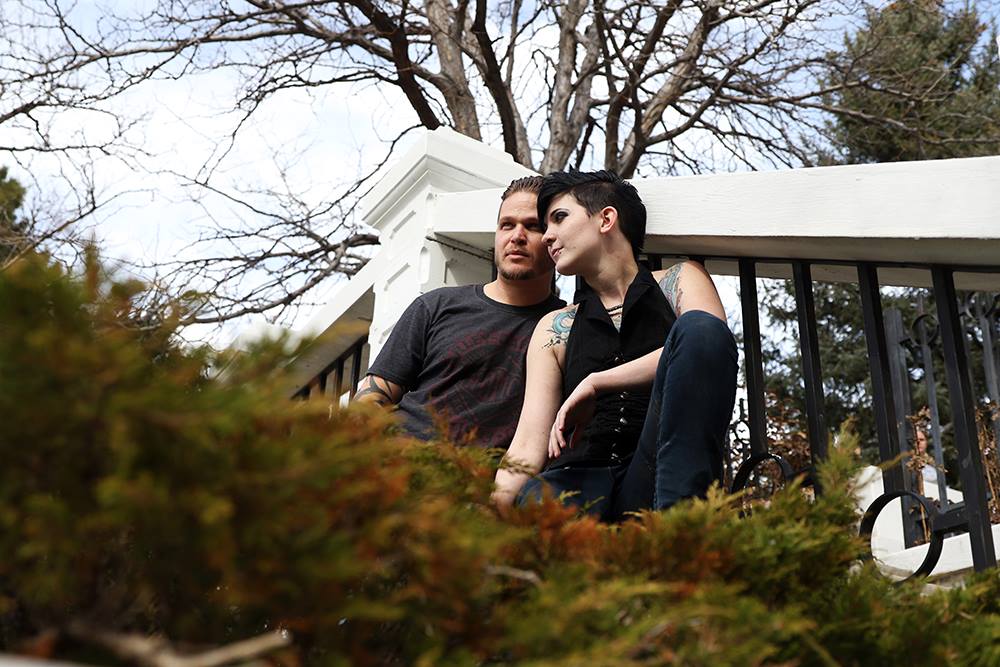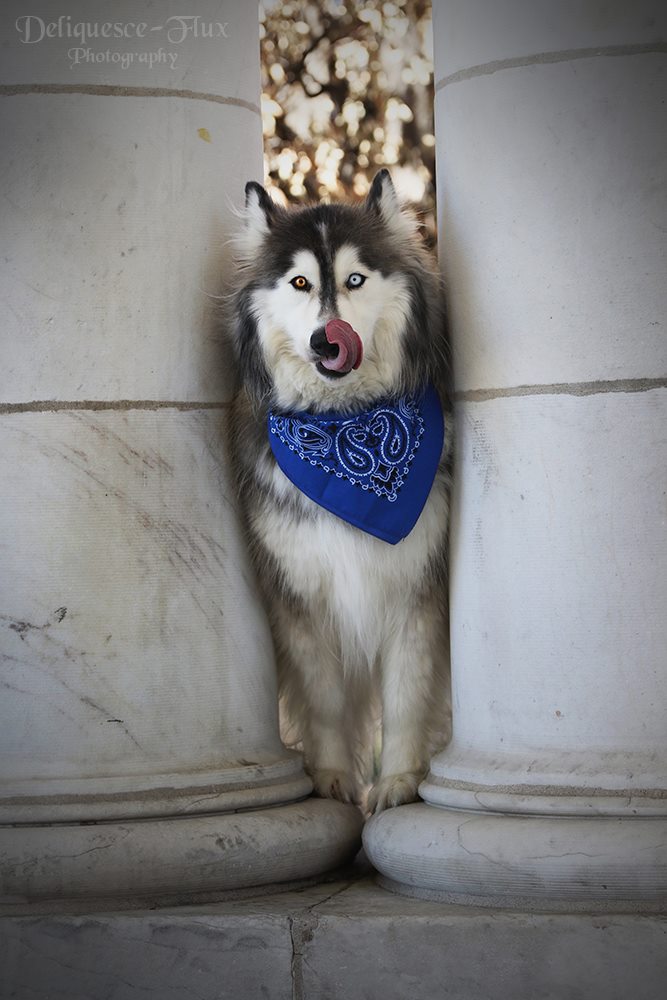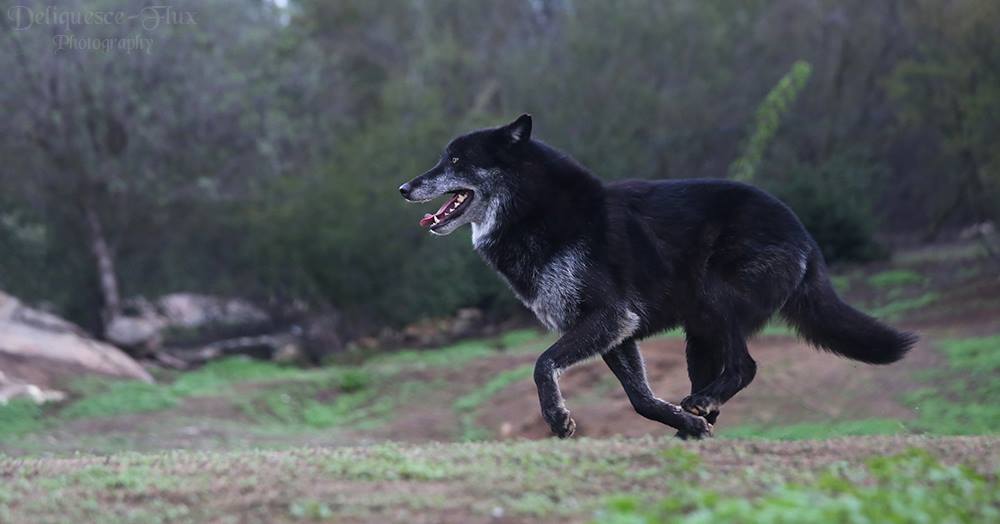 |
| Alex Engelmann and Chris Bam Gonzales |
Like any business or profession, being a photographer requires some legal knowledge to both protect yourself, and your clients. However, a lot of us artists don’t think about these important pieces of information until we are struck with a problem. That is completely understandable, being an artist equates to spending an immense amount of time focusing on art, and very little time spent on the mundane paper-pushing aspect of the business. That being said, here are a few important legalities that every photographer should know- and keep in mind at all times!
Copyright
The word ‘copyright’ is one of the most frequently mentioned terms in photography, and also one of the most important. A copyright, to put it nonchalantly, is a law that assures that you own the piece of art that you create. This ownership allows you to reproduce, sell, and do whatever you wish with the piece of artwork. To quote a previous article (“How to Deal with your Photographs Getting Stolen on the Internet”) “…as a creator of creative content, a form of copyright is automatically applied to your work at the moment of creation. This copyright lasts your entire lifespan, and a number of years after your death.” If you have a photograph that you are licensing, it is often better to pay to have that work officially copyrighted, which may aid the legal process if you encounter any issue with its usage.

A common misconception that causes rifts between clients and photographers is who owns an image after it is taken. A client pays for the shoot, and the photographer takes the image… but according to copyright law, unless the photographer transfers the rights to the client (via a rights transferring document), the photographer owns the image. The client may only use the image with the consent of the photographer, regardless if payment was made. This is where using a contract becomes very important: To avoid miscommunication, it is highly recommended that photographers highlight the permitted image usage for each photo shoot that they do. This way, the client is granted legal permission to use the image as outlined in the contract, and the photographer’s work is protected because the image cannot be used in unapproved ways. This protects both the client and the photographer from troubles.
Copyright law is the reason you are able to stop art thieves and people using your work without permission. Luckily, online photo storefront providers such as Instaproofs have built-in methods to help you combat thievery! When you upload photo proofs to your photography storefront, you have the option of adding watermarks to your images. Additionally, the ‘right click’ save options have been disabled, direct linking to the images is disabled, and printing the page results in a simple blank page.
Model Release Forms
Unlike photographing inanimate objects and pets, when you photograph people and want to redistribute those images commercially, you need to have the person in your image sign a document known as a Model Release Form. This form is a liability waiver, in layman terms. This legal release is signed by both the photographer and the ‘model’ in the image, and grants permission for a named individual or entity to commercially reproduce or publish the image.
This contract was created to protect the subject of the photograph from having their likeness reproduced in ways that they do not approve of, and to protect the photographer if the subject decides to back out of the agreement in the future. Although the photographer holds the copyright on the image (unless transferred to someone), the photographer still cannot sell the recognizable image without permission from the subject. A model release form is not required for news, however, nor for a candid image of an identifiable person that is taken in a public place (such as a sidewalk) - unless directly promoting some form of product for commercial use.
If one of your clients, after looking at the marvelous photo proofs you upload to your storefront, such as Instaproofs, wants to pitch that image to a magazine or another form of publication, you can send them a model release form to protect both parties!
Permits
Although it is perfectly legal to take images or do a photo shoot on public grounds, some places that may appear to be public are actually privately owned. Many privately-owned locations require permission to be granted, through a document known as a permit, before you can take photographs on their property. Often times, permits are only needed for commercial shoots, as something for personal use can be seen as a simple act of ‘tourism’. However, you can get into very serious legal trouble if a commercial shoot is done in a highly recognizable place without permission from the owner of the property.
Some parks, museums, and landmarks are actually not public ground- so it is always better to research the location you want to photograph at before doing so. If the location requires a permit, you will have to contact the owner of the property. Depending on your agreement, some permits are free, others require payment.
Unless physically caught in the act, one would have to prove that the image was indeed taken at a specific location- but why go through all of that hassle? It is much better just to get permission first!
 |
| Nashoba, the wolfdog. |
*Please make note that neither the writer, nor the blog, are in the legal field. Contact an attorney for legal advice.*
| Anabel DFlux is a California native who prefers to spend every waking moment with her trusty camera in hand. In 2009 she started her own photography business on a whim and a wish, and has since gone on to work for a variety of publications, companies, and unique clients throughout the country. With her foot in a variety of photographic doors, Anabel is recognized as a zealous individual with a passion for art that knows no bounds. |